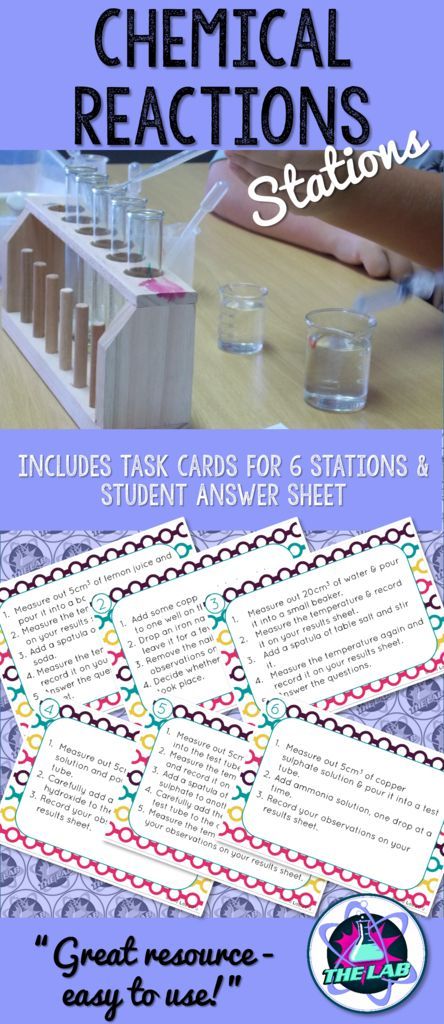Exemplary Chemical Reaction For Airbags

When sensors in the vehicle detect a collision an electrical current is passed through a carefully measured amount of NaN 3 to initiate its decomposition.
Chemical reaction for airbags. When the car undergoes a head-on collision a series of three chemical reactions occur inside the gas generator. And they work because of chemistry with some physics thrown in. If youre in a car accident you want to be sure your airbags protect you.
The chemical at the heart of the air bag reaction is called sodium azide or NaN 3. There are three reactions involved in the deployment of an air bag. When car sensors detect a crash a chemical reaction is triggered by the ignition of a solid hunk of propellant.
Passanger air bags reduced 14. A by the reaction in which they are involved reaction 1 2 or 3 and b by which side of the equation theyre on reactant or product. When the car undergoes a head-on.
So airbags uses inert gases and mostly nitrogen as it is east to produce in plenty through some reaction. See more car safety images. The airbag and inflation system stored in the steering wheel.
What about the Gas Used to Fill the Airbag. NEW CAR ASSESSMENT PROGRAM CRASH TEST AREA CRASHES trip sensors in cars that send an electric signal to. 338 moles of sodium azide must be packed into the air bag module for the air bag to inflate PVnRT.
This week on Reactions were talking the science of airbags. Extreme heat is also given off by the exothermic reaction of the sodium azide as it ignites. Chemical Reactions Used to Generate the Gas Inside the airbag is a gas generator containing a mixture of NaN 3 KNO 3 and SiO 2.













